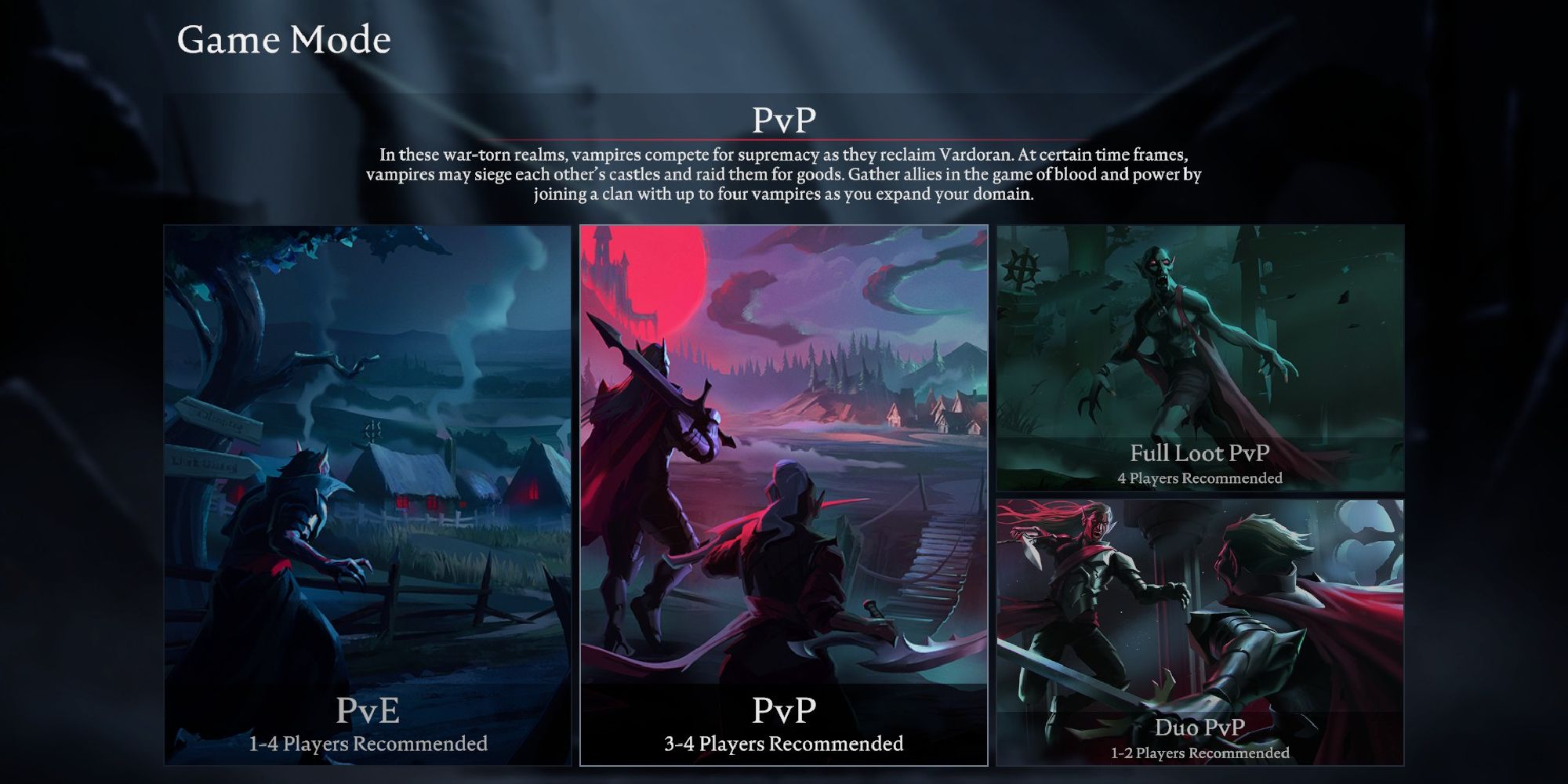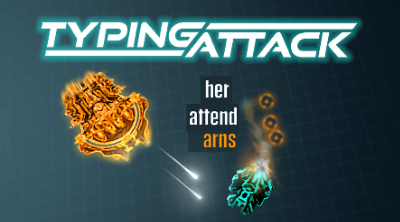

“By scaffolding play, adults provide children with a platform in order to reach richer, more in-depth levels of development in their play,” Boynton explains. Parents can help encourage kids to actually play together by “scaffolding,” or gently guiding their interactions. The term “associative” means that children are playing the same game or working with the same materials. While these six steps were the main types of play that Parten described, there have since been many different typologies.Like parallel play, associative play is another intermediary phase of play that helps kids prepare for more interactive types of play down the road. The type of play that children indulge in is also influenced by the situation they are in.įor example, familiarity with the other children will make the more likely to interact. Some toddlers may be able to play cooperatively and playing on their own is not necessarily a sign of immaturity in an older child. Criticism of these 6 types of playĬritics have pointed out that children do not necessarily go through this sequence of types of play. They will now build their towers together, try to complete a puzzle together and compete in a board game.Īt this stage come organisation enters children’s play, for example the playing has some goal and children often adopt roles and act as a group. Now children - typically of around four and five-years-old - start to cooperate with others. Cooperative types of playĪll the stages come together in this type of play. This is the first category that involves strong social interaction between the children while they play.

In fact, they are now more interested in each other than the toys they are using.įor example, two children in this stage might each build their tower out of blocks, but be talking to each other at the same time. In the associated type of play, they are more clearly involved with with what the other children or child is doing. Associative playīy around age five, children are learning to relate to each other more. This is the final type of play before children truly learn to connect with others. They are actually watching closely as they learn. While the children may not appear to be paying much attention to each other, this is an illusion. The child mimics other children’s play but doesn’t actively engage with them.įor example, they may use the same toy or copy what the other child is doing with the toy. The fourth type of play involves children playing alongside each other, but not quite together. The child is learning how to play from the other children. Onlooker play is common around three-years-old. They may ask questions or just talk to other children, but the main activity is simply to watch. Onlooker playįor the third type of play, the child takes an interest in other children’s play but does not join in. This type of play is most often seen in children between 2 and 3 years-old.Ĭhildren that are more extraverted may not spend long on this stage, while more introverted children may continue with solitary play for longer.

Generally, the child is completely engrossed in playing and does not seem to notice other children.īlocks, stuffed animals, costumes, toy-figures often hold endless fascination for children in this stage. The second type of play is when the child mostly plays on their own. There is nothing for parents to do at this stage of developing, as babies know what to do instinctively: they just explore their world at the own pace. This is because everything is new to the child, so even the smallest or most mundane object is full of wonder. The child is relatively stationary and appears to be performing random movements with no apparent purpose. In the first type of play, the infant does not really appear to be playing at all. While children shift between the types of play, what Parten noticed was that as they grew up, children participated less in the first four types of play and more in the last two – those which involved greater interaction. Unlike Jean Piaget who saw types of play in primarily cognitive developmental terms, Parten emphasised the idea that learning to play is learning how to relate to others. The thing to notice is that the first four types of play don’t involve much interaction with others, while the last two do. She observed them for pre-arranged 1 minute periods which were varied systematically.


 0 kommentar(er)
0 kommentar(er)
